Home improvement shows are notorious for showing off glamorous and organized kitchens that practically beg you to come and cook a gourmet meal. The counters are clean, the pantry is tidy and everything about it feels refreshing, light and airy. But, most of our kitchens are not that neat and orderly. Do you have food on the counters? Is your pantry bulging? Does your fridge need some reorganization and a wipe down?
Compelling research shows that the way we organize our kitchen, the dinnerware we use each night, and even the kitchen environment play a significant role in our food and dietary behaviors. Could eating on a smaller plate really help you eat less?
Mood, stress, and anxiety certainly contribute to our decisions over what to eat and how much. But, what if you could make some simple changes in your own home so that eating healthier was not only easier but “mindless?”
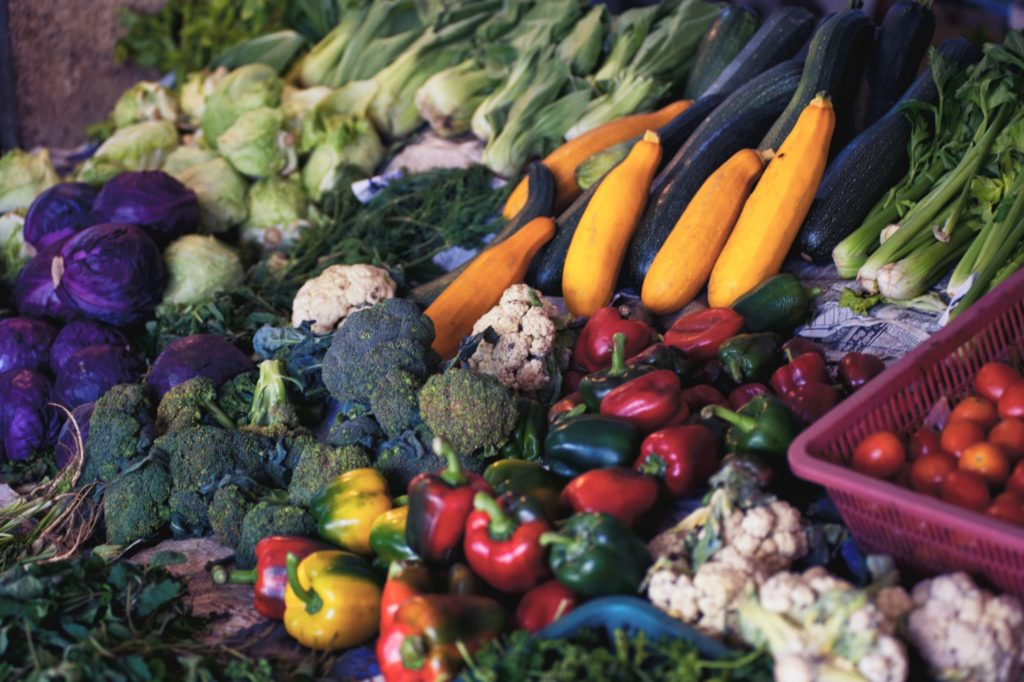
Could you set yourself up so that you didn’t have to choose between the doughnut and the oatmeal?
Brian Wansink and the Cornell University Food & Brand Lab have conducted dozens of studies looking at how a variety of factors affect our food buying and consumption choices. Many of these studies simply confirm what Registered Dietitian Nutritionists have been talking about for years as creative strategies for overall health and weight management.
These are 5 ways to make healthy eating easier…
01. Have Fresh Chopped Veggies (& Dip) Ready for Munching in the Fridge
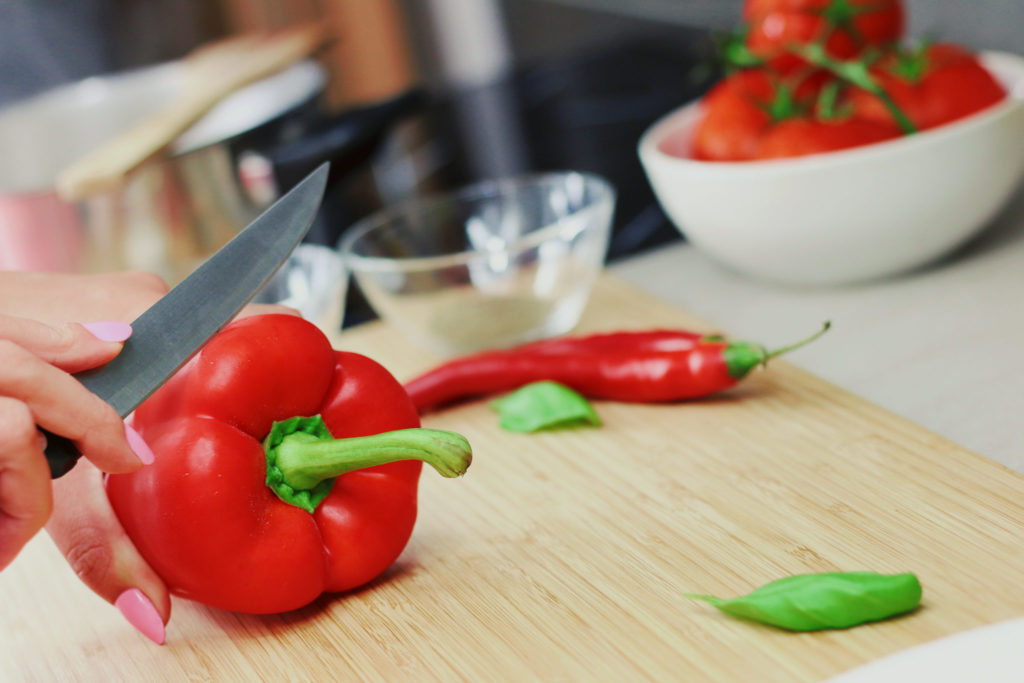
Not a new idea, but definitely practical and effective. This Dietitian Mom actually did an experiment with her kids keeping a platter of veggies with ranch dip in the fridge all week. She found that they really did eat more veggies when they were chopped and available, without having to persuade or encourage!
This idea is not about forcing you to eat vegetables you don’t like. Personally, I really don’t like raw broccoli or cauliflower, but I do like zucchini, squash, cucumbers, carrots and snap peas. Review a list of veggies and find which ones are appealing to you and your family members.
Dip Ideas
- Hummus– any flavor your family loves
- Ranch– made with low-fat sour cream or greek yogurt and a seasoning packet
- Guacamole– make your own OR buy
- French Onion Dip– made with low-fat sour cream or greek yogurt and a seasoning packet
- Salsa
- Nut Butter– I love this with carrot sticks!
- Yogurt Dip– stir in your favorite Mrs. Dash seasoning into low-fat greek yogurt
02. Remove All Other Food Packages & Snacks from the Countertop

Keeping your counters cleaned off at all times means that you won’t walk into the kitchen and be mentally stimulated (aka “triggered”) to grab the snack. Many individuals eat when they are not hungry simply because it was within eyesight or reach. Have you ever walked into the movie theater after dinner for an evening film and then walked right up to the popcorn counter for a giant tub? Your sense of sight and smell were visually stimulated, persuading you of your “need” for popcorn!
Walking into a co-worker’s office with the bowl of colorful M&Ms ready to be plopped into your mouth reinforces the power of this concept. Regardless of whether you had a desire for chocolate or if it had even entered your mind, most individuals are compelled to reach for a handful. They “melt in your mouth, not in your hand,” right?
Interestingly, the Cornell Food & Brand Lab quotes some of their research that of more than 200 women, those with cereal and soda lying on the counter weighed 20-26# more than those who did not. WOW!! Clearing off your countertops just might have dramatic effects on your health!
ACTION: Walk to the doorway of your kitchen. Close your eyes for a moment and then open. What do you see and notice? What food boxes, labels or brands are within eyesight. If you have several entryways into your kitchen, do this from each angle. Sometimes food is out because pantry or cabinet space is sparse. Brainstorm and “google” creative ideas to address this issue and commit to clean countertops.
03. Keep A Bowl of Fruit in the Kitchen
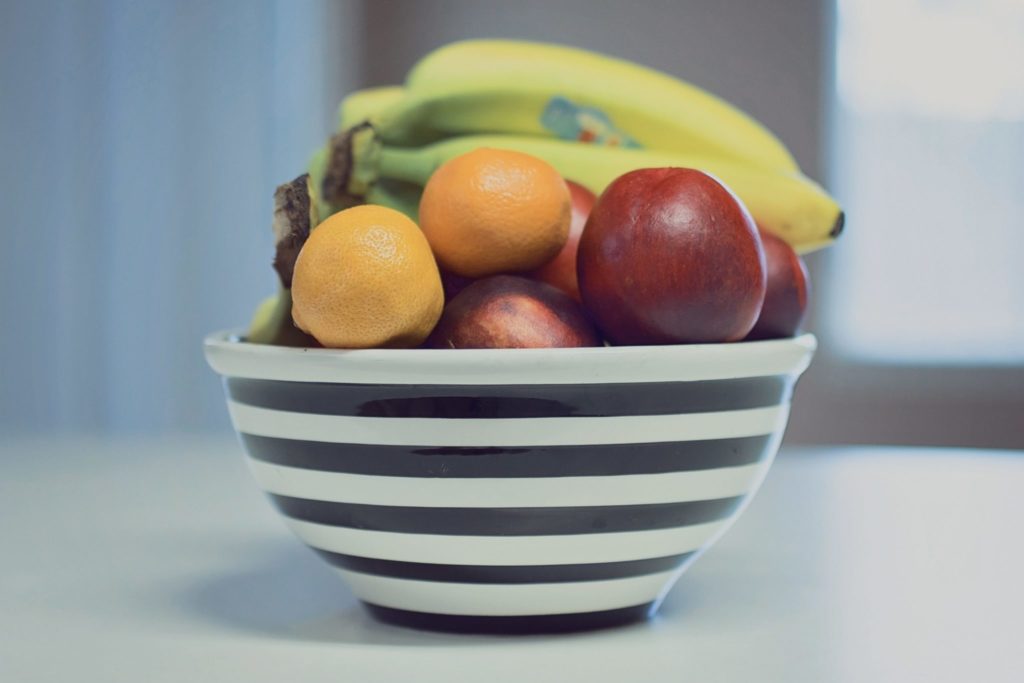
Apple juice takes first place in the area of fruit consumption among Americans in 2015, according to the USDA. Sadly, fresh fruit is not in the lead. AND, even worse, when juice is considered “fruit,” people are still only meeting about 50% of the dietary recommendations for daily fruit consumption. What a better way to help encourage us to grab a piece for our snack or snag one for our lunch box than to leave it on the counter.
Consider including several different types that appeal to all family members. Think about color and physical appeal. Yes, it will ripen quicker (and therefore go bad) on the countertops as opposed to the refrigerator. But that fact can actually encourage us to grab a piece so that it doesn’t happen.
The Cornell Food & Brand Lab state that in this study of 200 women, those with fruit bowls out on their countertops were 13# lighter than those who did not have fruit out and available.
Your fruit bowl is the 1 thing you should leave on your countertops!
04. Designate Appropriate Places to Eat & Sit Down

Several years ago I was working with a patient to lose weight and improve his cardiovascular health. He had successfully lost about 20# but had gotten “stuck” and he was perplexed as to why. In our session we discussed the foods they were buying, making and what was in his lunch box each day at work. But then… he realized something that was happening… on weekends and even during the week, he would grab little snack bars and 100 calorie snacks as he was walking through the kitchen, on his way to another room.
These little snacks seemed insignificant and most of them were fairly healthy choices. However, it took him a while to figure out he was eating MORE than what was reported in his sessions with me because he wasn’t seated. Essentially, it wasn’t being considered a “meal.” While this gentleman was grabbing mostly packaged snacks, quantity tends to be under-reported or poorly estimated when eating on the run. How many crackers did you grab? How big was the handful of nuts?
Taking the time to sit down actually affirms that yes, this is a meal, and I am eating it. Otherwise, it can become a fleeting memory.
While everyone could provide a reasonable exception or 2 to this strategy, the primary goal is to plan and acknowledge that you are eating AND ensure that you are eating at a calm pace.
One strategy that might work…
05. Use A Smaller Plate
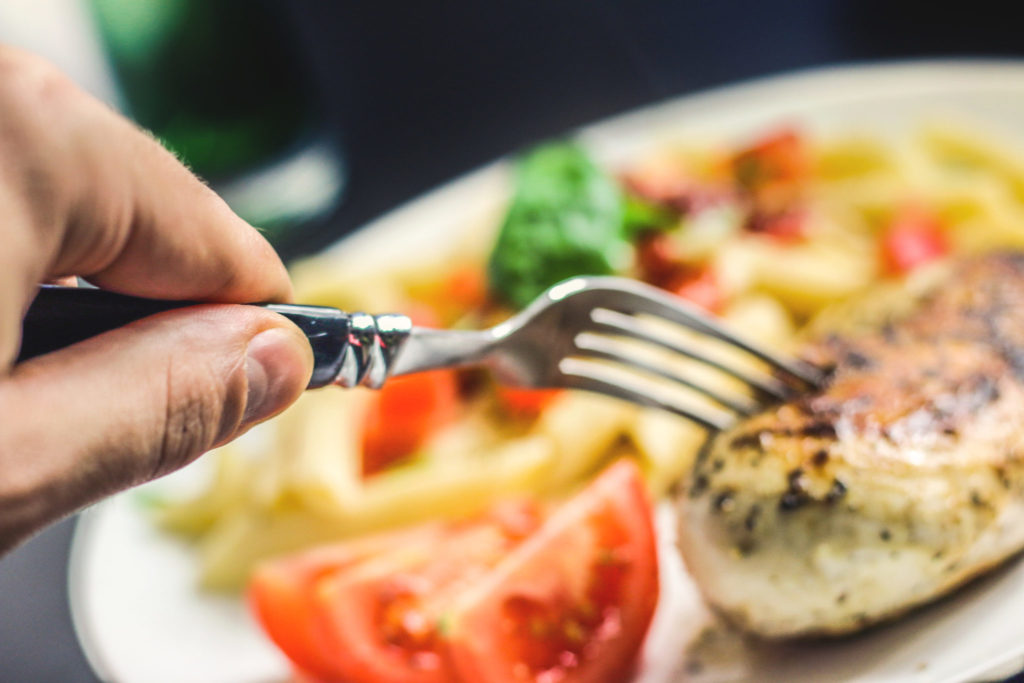
The actual literature on this strategy is contradictory, some study conclusions claim that using a smaller plate does not effectively help reduce food consumption. In fact, this literature review commented that distractions, food serving mode (self-serve or being served), food containers and type of food all influence overall consumption. It actually reported that individuals tended to eat more veggies when eating off the larger rather than smaller plate.
However, many individuals would claim this strategy works quite well to reduce excess calorie intake. Once again, Brian Wansink and his team at the Cornell Food & Brand Lab have conducted some research concluding that this optical illusion gets us every time. Essentially, their research claims that we miscalculate portions when using larger plates and therefore put more food on them and eat more. Wansink also claims that simply ‘knowing’ this effect may not be enough to help most individuals eat less. Therefore, smaller plates may be an effective strategy for some.
Applying this concept, we could hypothesize that serving healthy vegetables and fruit on larger plates and platters would be beneficial. And, serving calorically dense foods in smaller serving vessels might help us take more or less of certain foods.
Many of us have a natural tendency to fill a plate, regardless of the size. Consider your own habits and behaviors to assess whether the smaller plate strategy is one for you to employ in your own home. But, if you are trying to eat more veggies, maybe your large plate will help, just make sure to fill ½ of it with veggies!

“‘Do’ is stronger than ‘Don’t’.” — Slim By Design
For years ‘healthy living’ has carried a stigma of restriction…
Don’t eat ‘this’.
Avoid ‘this’ restaurant.
Don’t buy processed foods.
Stay away from ___.
Eliminate sugar.
But maybe there is more power in the ‘doing.’ Focusing on what we can do to make healthy eating easier on a daily basis removes the decision-making- it just happens, naturally.
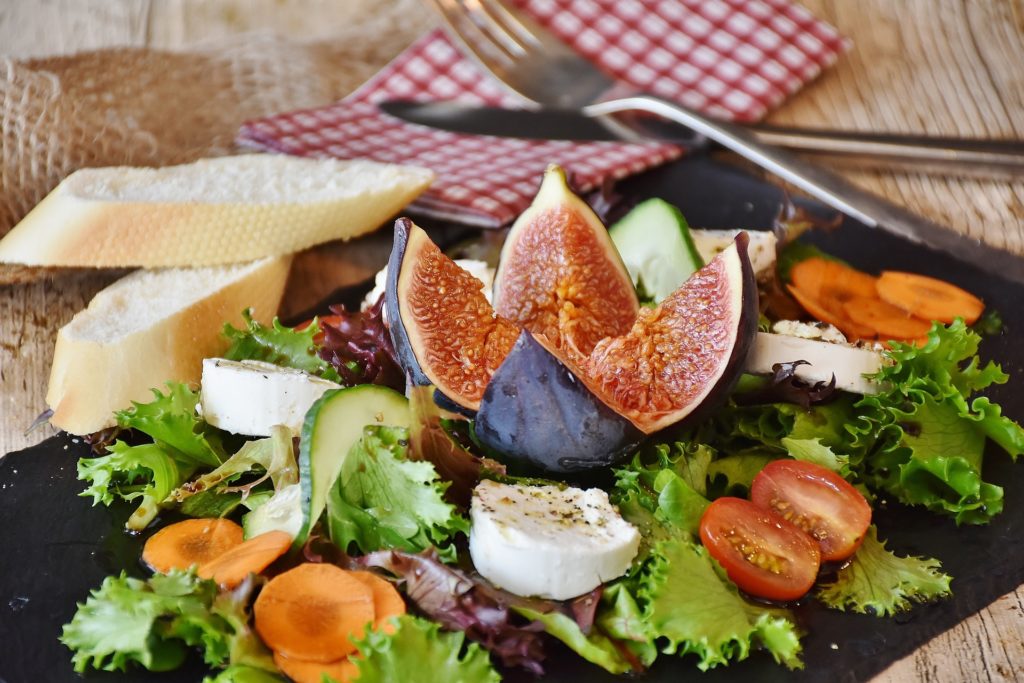
Enough with convincing yourself to “make better choices.” Stop shaming your lack of self-discipline.
Begin with setting up your environment to win! You will still have to make choices and food decisions during the day. And you will still have to decide whether to grab the handful of M&M’s when you walk into your co-workers office, but some decisions will be a bit easier.
You will be “working smarter, not harder.” And that is a powerful place to be!
TRUTH: If any of you lacks wisdom, you should ask God, who gives generously to all without finding fault, and it will be given to you. –James 1:5 (NIV)
